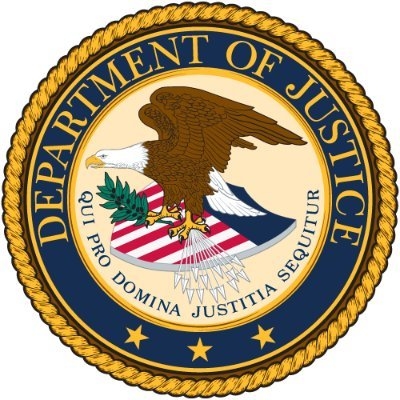Weekly Fiscal Facts are provided to Wisconsin Newspaper Association members by the Wisconsin Policy Forum, the state’s leading resource for nonpartisan state and local government research and civic education. The Wisconsin Policy Forum logo can be downloaded here.
After trailing the national average for five years, per-student funding at public colleges and universities in Wisconsin overtook it in 2021.
Yet behind this improvement lies a key distinction between the state’s two- and four-year campuses, and how their funding ranks nationally. Per-student funding for two-year colleges in Wisconsin is among the top 10 states nationally, while four-year campus funding is in the bottom 10.
Two-year public colleges in the state – essentially the Wisconsin Technical College System campuses – received $17,153 per pupil in state and local tax and tuition funding in 2021. That was fifth-highest in the nation and well above the U.S. average of $11,714.
Funding for four-year campuses in Wisconsin, however, was $15,079 per pupil, which ranked 43rd nationally and below the U.S. average of $17,733. Funds tracked here include state and local support for higher education from tax collections and tuition revenues.
The 2021 improvement in Wisconsin’s funding level relative to the nation likely reflects factors including the state’s strong budget and tax collections. However, another factor was declining enrollment, which meant funding sources were spread across fewer students.
This is a national trend for colleges and universities, but one that accelerated during the COVID-19 pandemic and has become more acute in Wisconsin than nationally. Our state’s colleges, in particular, have begun to shed students at an alarming rate, leaving their future murky.
There are considerable differences in enrollment trends between campuses. The University of Wisconsin-Madison and UW-Green Bay increased enrollment from 2019-22. Other UW System campuses declined by between 1.8% & 17.8%. Meanwhile, enrollment at the 2-year campuses of the former UW Colleges dropped by 32.1% during this period.
The state’s campuses are coping with their enrollment declines, particularly the former UW Colleges. The UW System is closing in-person classes in July at the two-year UW-Platteville at Richland campus, and local leaders have discussed the possibility of a merger between Moraine Park Technical College and UW-Milwaukee at Washington County.
As policymakers consider appropriate funding levels for higher education in the two-year budget cycle that starts July 1, student financial aid also should be part of the conversation. Last year the Forum found unmet need has grown for Wisconsin students. And in the past decade, state financial aid spending grew more slowly here than nationally.
Wisconsin is facing serious labor shortages and demographic hurdles in the coming decades – all challenges that the state’s higher education system could help address. In the upcoming state budget, a projected record surplus gives policymakers a chance to address higher education needs and challenges — while also seeking ways to boost enrollment and graduation rates.
This information is a service of the Wisconsin Policy Forum, the state’s leading resource for nonpartisan state and local government research and civic education. Learn more at wispolicyforum.org.


